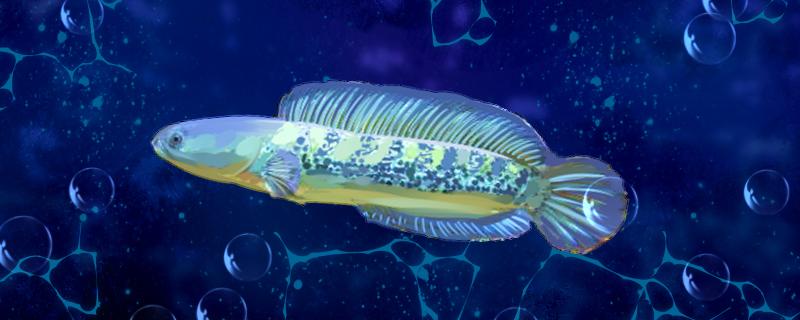 1. Do Trayonobovis need to be warmed
1. Do Trayonobovis need to be warmed Trayonobovis had better be warmed, because their origin is in the tropics, and they need to grow in a warm environment. During artificial breeding, it is necessary to keep the water temperature between 24-26 ℃, so as to ensure the constant water temperature in which they live. If conditions permit, it is necessary to install a heating rod to keep the water temperature in a stable range.
2. How to raise Trayonobos1. Fish tank: Trayonobos have the habit of jumping into the tank. Breeders need to add a cover in the fish tank where they are raised, so as to avoid their injury or death. In addition, their sense of security is low, so it is best for breeders to arrange some decorations that can hide their body shape in the fish tank, so that they have a hiding place.
2. Water temperature: Tronidae can grow in water temperature between 20-28 ℃, but the most suitable temperature for them to grow is between 24-28 ℃.
3. Feeding: Tronayana is an omnivorous fish, so it is best for breeders to feed them more abundant shrimp, red worms, bread worms, Tenebrio molitor and other foods, so as to ensure their adequate nutrition. When they are adults, they can also be fed some synthetic feed, so as to ensure their nutritional balance.
4. Water quality: Tronayana likes clean and refreshing water quality, and the most suitable for their growth is weak acidic soft water. As long as the breeder can ensure that the water quality in which they live is stable and clean, then they can grow well. When changing water, pay attention to the amount of water changed, preferably controlled at one third of the total amount of water.